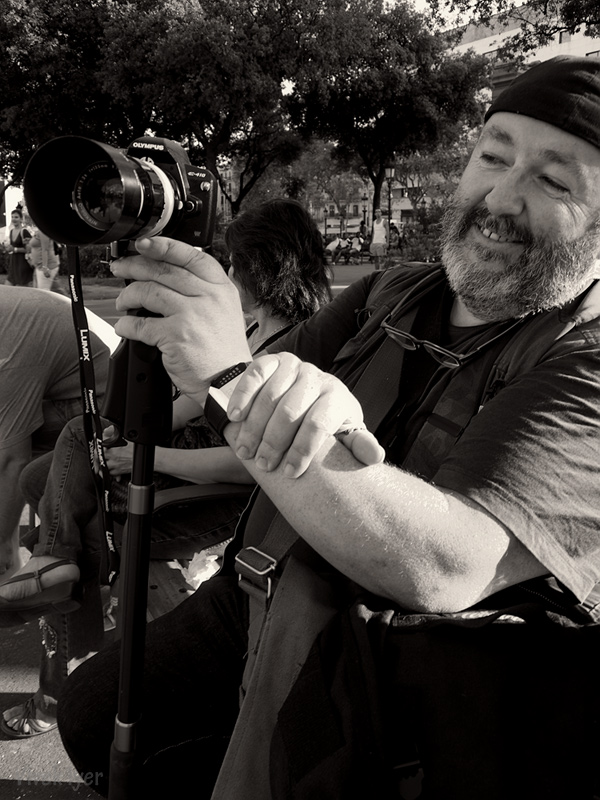petermcwerner
Member
It is only necessary to collimate the 26mm/1.1 for the G1. After that, it works very well on the G1. My experience. More details in the following thread:Thus the 26mm f/1.1 Macro-Switar, being an RX-mount lens, is a very poor choice of "superfast normal" for the G1 camera (unless you plan to mount a 9.5mm thick pane of glass behind the lens to compensate its RX-mount aberrations)
http://forum.getdpi.com/forum/showthread.php?t=9593
Cheers
Peter





